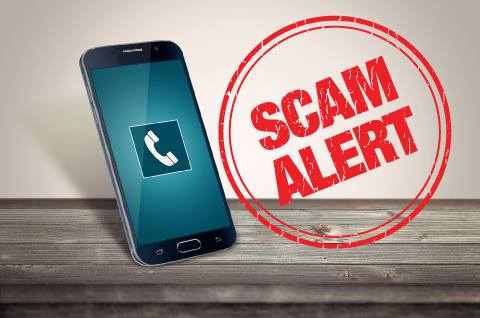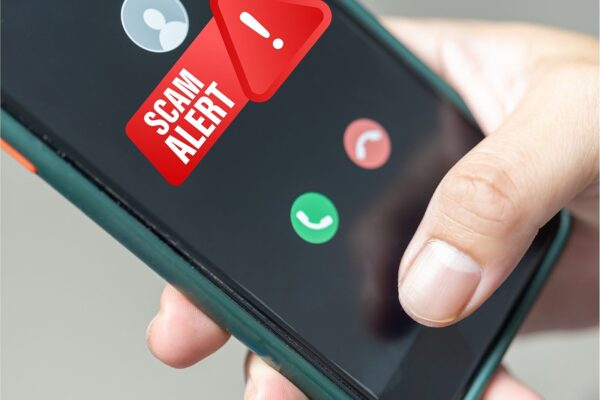In today’s digital age, scam text messages have become a common occurrence, targeting unsuspecting individuals with the aim of stealing personal information or financial assets. One such scam that has recently surfaced is the US6896901185421 alert linked to tech4islands.com. In this article, we will explore the details of this scam, how to recognize it, and most importantly, how to protect yourself from falling victim to it.
The US6896901185421 Alert Scam
What is the US6896901185421 Alert?
The US6896901185421 alert is a scam text message that is designed to trick recipients into clicking on a link that leads to tech4islands.com, a website known for its association with fraudulent activities. The text message typically contains a message that may appear urgent or enticing, such as a fake prize or an urgent security update.
How Does the Scam Work?
Once the recipient clicks on the link provided in the scam text, they are directed to tech4islands.com. Here, they may be prompted to enter personal information, such as their name, address, phone number, or even financial details. Scammers can then use this information for identity theft or other malicious purposes.
Recognizing the Scam
- Urgent or Too Good to Be True: Scam texts often use urgent language or promise unbelievable prizes to grab your attention. Be cautious if it sounds too good to be true.
- Unsolicited Messages: If you receive a text from an unknown number or without any prior communication, be suspicious.
- Check the URL: Before clicking any links, hover over them to see the destination URL. Scammers often use deceptive URLs to mimic legitimate websites.
- Grammar and Spelling Errors: Scam messages often contain typos, grammatical errors, or awkward phrasing.
Protecting Yourself from Scam Texts
- Delete Suspicious Messages: If you receive a text that you suspect is a scam, do not click on any links or respond to it. Delete the message immediately.
- Use Reliable Security Software: Ensure your smartphone has reputable antivirus and security software installed to help detect and prevent scams.
- Don’t Share Personal Information: Never share personal or financial information through text messages, especially with unknown or unverified sources.
- Block Spam Numbers: Most smartphones allow you to block specific numbers or report spam messages. Use this feature to prevent future messages from the same source.
- Educate Yourself and Others: Inform your friends and family about the existence of such scams and how to recognize them. Awareness is one of the most effective defenses.
Frequently Asked Questions (FAQs)
Q1: What should I do if I’ve already clicked on the scam link?
A1: If you’ve already clicked on the link, immediately disconnect from the internet and run a security scan on your device. Change your passwords for important accounts and monitor your financial statements for any unusual activity.
Q2: Can scammers access my device through these scam texts?
A2: While clicking on scam links can potentially expose your device to malware or phishing attempts, simply receiving a scam text is unlikely to grant scammers access to your device. Always exercise caution and avoid clicking on suspicious links.
Q3: How can I report scam texts?
A3: You can report scam texts to your mobile carrier by forwarding the message to a designated number (usually 7726 or “SPAM”). Additionally, you can report such incidents to your local law enforcement and the Federal Trade Commission (FTC).
In conclusion, the US6896901185421 alert scam linked to tech4islands.com is a reminder of the persistent threat of scam texts in today’s digital landscape. By staying vigilant, educating yourself about common scams, and following best practices for online security, you can reduce the risk of falling victim to such fraudulent schemes. Remember, it’s always better to be cautious than sorry when dealing with unsolicited messages and unfamiliar links.




